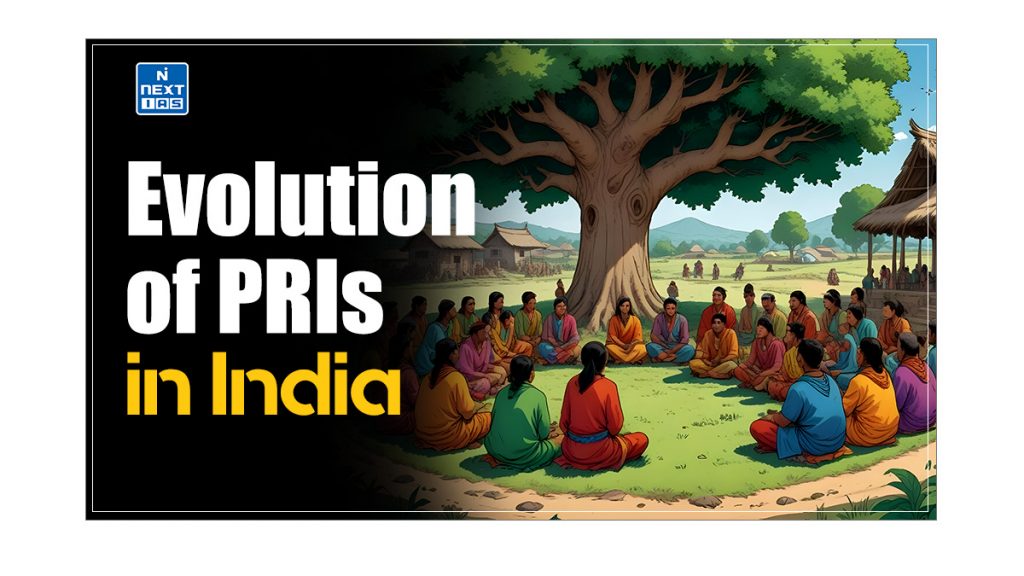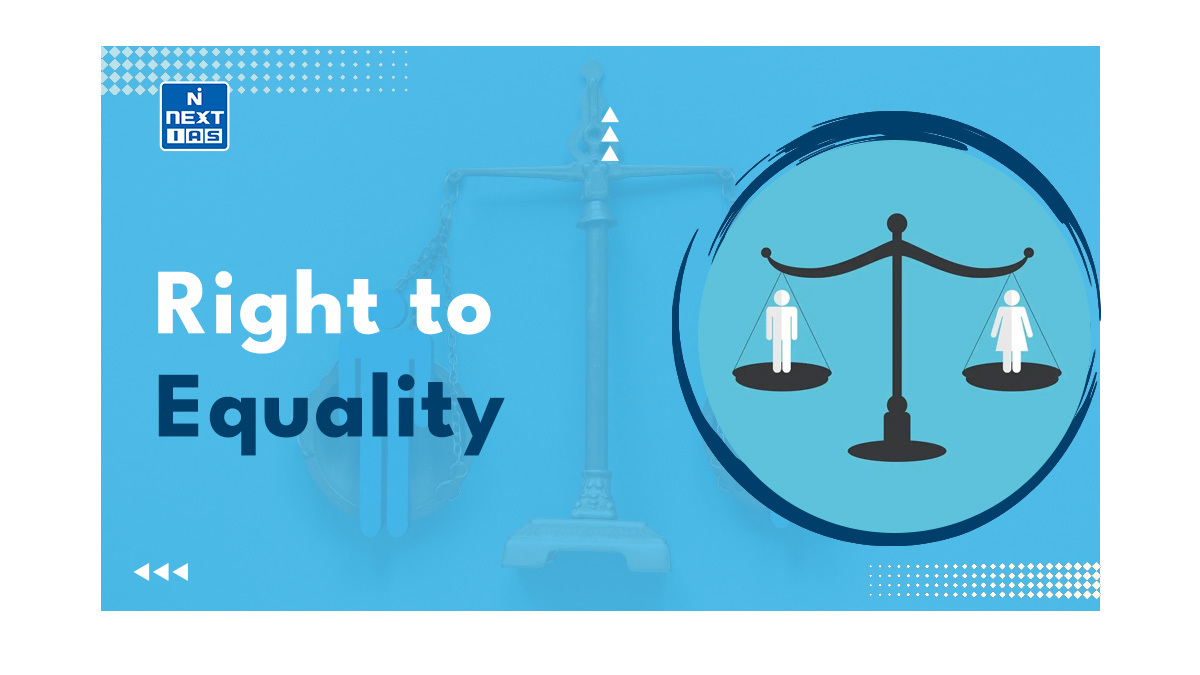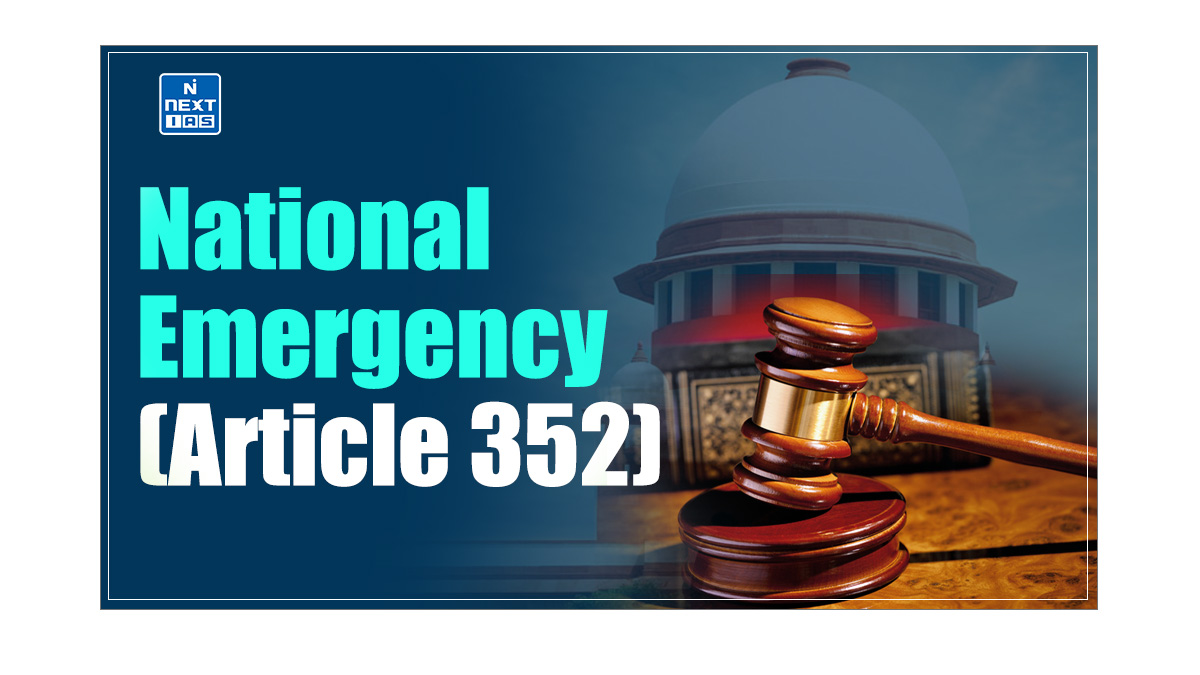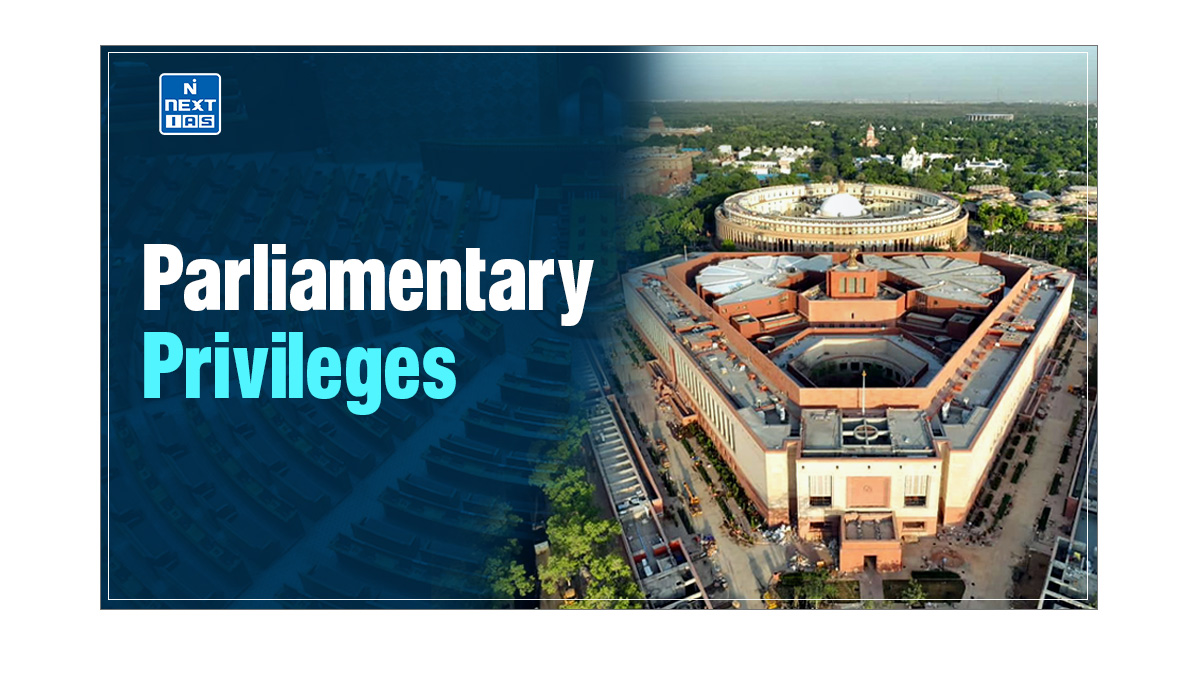
The Evolution of Panchayati Raj Institutions (PRIs) in India represents a significant milestone in the country’s journey towards grassroots democracy and decentralized governance. Rooted in India’s ancient traditions of self-governance, the modern form of Panchayati Raj has evolved through various stages, influenced by historical, political, and social developments. This article presents a detailed account of the Evolution of Panchayati Raj Institutions (PRIs) in India, highlighting key milestones, various committees, and constitutional amendments that have shaped its present form.
What are Panchayati Raj Institutions (PRIs)?
- Panchayati Raj Institutions (PRIs) refer to the system of ‘Rural Local Self-Governance’ in India.
- They have been established in all States as the third tier of government, aiming to build democracy at the grassroots level.
- This system ensures that local populations participate directly in the decision-making process, enhancing the effectiveness and accountability of rural development initiatives.
Read our detailed article on Panchayati Raj Institutions (PRIs).
Evolution of Panchayati Raj Institutions (PRIs)
The institution of Panchayat has existed in India since ancient times. Its evolution over the periods can be studied under the following three heads:
Ancient Period
- The concept of local self-governance in India has been in existence since ancient times.
- Village councils, known as Panchayats, have existed in India for centuries, playing a crucial role in local administration and dispute resolution.
- These traditional bodies were informal and largely influenced by local customs and norms.
Early British Period
- The early British period in India saw a negative impact on the traditional Panchayati Raj Institutions (PRIs).
- The new system of tax and land revenue collection introduced by the British greatly affected the functioning of the PRIs.
- The overall impact was that the Panchayats lost their powers and authority to make and implement decisions.
Later British Period
- During the later British period, the importance of local administration was recognized, and some reforms were introduced to revitalize local bodies, including the Panchayats.
- Some of the prominent steps taken during this period that strengthened the institutions of Panchayats include Lord Mayo’s Resolution (1870), Lord Rippon’s Resolution (1882), Royal Commission on Decentralization (1907-09), etc.
Post Independence Era
- The post-independence era marked a renewed focus on decentralization and hence local self-governance.
- The Constitution of India, adopted in 1950, emphasized the importance of village Panchayats as units of self-governance.
- Accordingly, starting from the late 1950s, substantial efforts were made to revive and institutionalize Panchayati Raj Institutions (PRIs).
- From time to time, various Committees were appointed on the subject, which gave their own recommendations.
- Finally, the 73rd Constitutional Amendment Act, 1992 was passed by the Parliament, which gave the constitutional status to the PRIs.
Major developments related to the establishment and evolution of Panchayati Raj in India in the post-independence era can be seen in the sections that follow.
Balwantrai Mehta Committee
- The Balwantrai Mehta Committee was formed in 1957 primarily to evaluate the working of the Community Development Programme (CDP) and the National Extension Service (NES) and suggest measures for their better working.
- Note: CDP and NES were initiated in India in the early 1950s to promote rural development and bring about socio-economic changes through community participation and extension services.
- The Committee submitted its report in 1957, wherein it recommended the establishment of the scheme of ‘Democratic Decentralization’ which ultimately came to be known as the ‘Panchayati Raj System’.
- In this context, some of the specific recommendations of the Balwant Rai Mehta Committee are:
- Establishment of a three-tier Panchayati Raj System-
- Gram Panchayat at the village level,
- Panchayat Samiti at the block level and
- Zila Parishad at the district level.
a. These three tiers should be organically linked through a device of indirect elections.
- The Village Panchayat should be constituted with directly elected representatives, whereas the Panchayat Samiti and Zila Parishad should be constituted with indirectly elected members.
- All planning and development activities should be entrusted to these bodies.
- The Panchayat Samiti should be the Executive Body while the Zila Parishad should be the Advisory, Coordinating, and Supervisory Body.
- The District Collector should be the Chairman of the Zila Parishad.
- There should be a genuine transfer of power and responsibility to these democratic bodies.
- Adequate resources should be transferred to these local bodies to enable them to discharge their functions and fulfill their responsibilities.
- A system should be evolved to effect further devolution of authority in the future.
- Establishment of a three-tier Panchayati Raj System-
Acceptance by National Development Council (NDC)
- These recommendations of the Balwantrai Mehta Committee were accepted by the National Development Council in January 1958.
- However, the Council did not insist on a single rigid pattern and left it to the states to evolve their own patterns suitable to local conditions, subject to the condition that the basic principles and broad fundamentals remain identical throughout the country.
Establishment of PRIs in States
- Acceptance by the NDC was followed by the establishment of PRIs in some states.
- Rajasthan became the first State to establish Panchayati Raj Institutions (PRIs).
- It was established in the Nagaur district of Rajasthan in October 1959.
- Andhra Pradesh was the second State of India to adopt the system in the same year.
- Subsequently, most of the States implemented the Panchayati Raj System by the mid-1960s.
- However, there was no uniformity in the structure, composition, and powers of the PRIs in different states.
Ashok Mehta Committee
- The Ashok Mehta Committee was formed in 1977 to revive and strengthen the declining Panchayati Raj System in the country.
- The key recommendations of the Ashok Mehta Committee are as follows:
- The three-tier system of Panchayati Raj Institutions (PRIs) should be replaced by a two-tier system, consisting of:
- Zila Parishad – at the district level, and
- Mandal Panchayat – consisting of a group of villages with a total population of 15,000 to 20,000.
- A district should be the first point for decentralization under popular supervision below the State level.
- Zila Parishad should be the Executive Body and made responsible for planning at the district level.
- There should be an official participation of political parties at all levels of Panchayat elections.
- The Panchayati Raj Institutions (PRIs) should have compulsory powers of taxation to mobilize their own financial resources.
- There should be a regular social audit by a district-level agency and by a committee of legislators to check whether the funds allotted for vulnerable social and economic groups are spent on them.
- The State Government should not supersede the Panchayati Raj Institutions (PRIs).
- In case of an imperative supersession, elections should be held within six months from the date of supersession.
- The Nyaya Panchayats should be kept as separate bodies from that of Development Panchayats.
- The Nyaya Panchayats should be presided over by a Qualified Judge.
- The Chief Electoral Officer (CEO) of a State in consultation with the Chief Election Commissioner should organise and conduct the Panchayati Raj elections.
- Development functions should be transferred to the Zila Parishad and all development staff should work under its control and supervision.
- The voluntary agencies should play an important role in mobilizing the support of the people for Panchayati Raj Institutions (PRIs).
- A Minister for Panchayati Raj should be appointed in the State Council of Ministers to look after the affairs of the Panchayati Raj Institutions (PRIs).
- Seats for Scheduled Castes (SCs) and Scheduled Tribes (STs) should be reserved on the basis of their population.
- The Panchayati Raj Institutions (PRIs) should be accorded constitutional recognition. This would give them the requisite status (sanctity and stature) and an assurance of continuous functioning.
- The three-tier system of Panchayati Raj Institutions (PRIs) should be replaced by a two-tier system, consisting of:
| Note: No action was taken on the recommendations of the Ashok Mehta Committee at the level of the Central Government. However, some states implemented some of its recommendations to revitalize their PRIs. |
G.V.K Rao Committee
- The G.V.K. Rao Committee was formed in 1985 to review the existing administrative arrangements for Rural Development and Poverty Alleviation Programmes.
- The Committee observed that the developmental process was gradually bureaucratized and divorced from the Panchayati Raj Institutions (PRIs), resulting in the weakening of the PRIs.
- In this context, the G.V.K. Rao Committee made the following recommendations to strengthen and revitalize the Panchayati Raj System:
- The District-Level body, that is, the Zila Parishad should be of pivotal importance in the scheme of Democratic Decentralization.
- It opined that the District is the proper unit for planning and development, and hence the Zila Parishad should become the principal body for the management of all development programs that can be handled at that level.
- The Panchayati Raj Institutions (PRIs) at the district and lower levels should be assigned an important role with respect to planning, implementation, and monitoring of rural development programs.
- Some of the planning functions at the State level should be transferred to the district-level planning units for effective decentralized district planning.
- Elections to the Panchayati Raj Institutions should be held regularly.
- A post of District Development Commissioner (DDC) should be created, who should act as the Chief Executive Officer (CEO) of the Zila Parishad and should be in charge of all the development departments at the district level.
- The District-Level body, that is, the Zila Parishad should be of pivotal importance in the scheme of Democratic Decentralization.
L.M.Singhvi Committee
- The L.M.Singhvi Committee was formed in 1986 to prepare a concept paper on ‘Revitalisation of Panchayati Raj Institutions for Democracy and Development’.
- Some of the key recommendations of the L.M. Singhvi Committee are as follows:
- The Panchayati Raj Institutions should be constitutionally recognized, protected, and preserved.
- For this purpose, a new chapter should be added to the Constitution of India. This will make their identity and integrity reasonably and substantially intact.
- The Committee suggested constitutional provisions to ensure regular, free and fair elections to the Panchayati Raj Bodies.
- Nyaya Panchayats should be established for a cluster of villages.
- The Villages should be reorganized to make Gram Panchayats more viable.
- The Committee also emphasized the importance of the Gram Sabha and called it the ‘Embodiment of Direct Democracy’.
- The Village Panchayats should have more financial resources.
- The Judicial Tribunals should be established in each State to adjudicate controversies about election to the Panchayati Raj Institutions, their dissolution, and other matters related to their functioning.
- The Panchayati Raj Institutions should be constitutionally recognized, protected, and preserved.
Thungon Committee
- A sub-committee of the Consultative Committee of Parliament was constituted under the chairmanship of P.K. Thungon in 1988 to examine the political and administrative structure in the district for the purpose of district planning.
- The Thungon Committee suggested the strengthening of the Panchayati Raj Institutions (PRIs) and made the following key recommendations in this regard:
- The Panchayati Raj Bodies should be constitutionally recognized.
- A three-tier system of Panchayati Raj with panchayats at the village, block and district levels.
- The Panchayati Raj Bodies should have a fixed tenure of five years.
- The maximum period of supersession of a body should be six months.
- A Planning and Coordination Committee should be set up at the State level under the Chairmanship of the Minister for Planning.
- The members should be the Presidents of Zila Parishad.
- Zila Parishad should be the pivot of the Panchayati Raj System. It should act as the Planning and Development Agency in the district.
- The District Collector should be the Chief Executive Officer of the Zila Parishad.
- A detailed list of subjects for Panchayati Raj Institutions (PRIs) should be prepared and incorporated in the Constitution.
- Reservation of seats in all three tiers of the Panchayati Raj Institutions (PRIs) should be on the basis of population.
- There should also be reservations for women at the Panchayati Raj Institutions (PRIs).
- A State Finance Commission should be set up in each State.
- The Commission would lay down the criteria and guidelines for the devolution of finances to the Panchayati Raj Institutions (PRIs).
Gadgil Committee
- The Committee on Policy and Programmes was constituted in 1988 under the chairmanship of V.N. Gadgil.
- This committee was tasked with exploring ways to enhance the effectiveness of Panchayati Raj Institutions (PRIs).
- Some of the key recommendations of the Gadgil Committee are as follows:
- A constitutional status should be bestowed on the Panchayati Raj Institutions.
- A three-tier system of Panchayati Raj with panchayats at the village, block, and district levels.
- The term of Panchayati Raj Institutions should be fixed at five years.
- The members of Panchayats at all three levels should be directly elected.
- Reservation for Scheduled Castes (SCs), Scheduled Tribes (STs) and women.
- The Panchayati Raj bodies should have the responsibility of preparation and implementation of plans for socio-economic development. For this purpose, a list of subjects should be specified in the Constitution.
- The Panchayat Raj bodies should be empowered to levy, collect, and appropriate taxes and duties.
- Establishment of a State Finance Commission for the allocation of finances to the Panchayats.
- Establishment of a State Election Commission for the conduction of elections to the panchayats.
| Note: The recommendations made by the Gadgil Committee became the basis for drafting a Constitutional Amendment Bill aimed at conferring constitutional status and protection to the Panchayati Raj Institutions (PRIs). |
Constitutionalisation of PRIs
- Based on the above recommendations of various committees, the Parliament enacted the 73rd Constitutional Amendment Act, 1992, which gave the Panchayati Raj Institutions (PRIs) in India constitutional status.
- This was a landmark in the evolution of the PRIs in India, which elevated the status of PRIs from mere administrative units to constitutionally mandated local self-government bodies.
Significance of Panchayati Raj Institutions in India
As the third tier of the government in India, the Panchayati Raj Institutions (PRIs) carry multifarious significance as can be seen as follows:
- PRIs have given a practical shape to the Directive Principle of State Policy (DPSP) contained in Article 40 of the Indian Constitution, which directs the States to organize and empower Village Panchayats.
- PRIs have led to effective decentralization of power and authority by devolving some powers and responsibilities to the local level.
- PRIs are a significant landmark in the evolution of grassroots democracy in India, as they transform representative democracy into a more participatory democracy.
- PRIs have empowered local communities by directly involving them in the decision-making process for development and governance.
- The provision of reservations for marginalized sections like Scheduled Castes, Scheduled Tribes, and women in PRIs has led to their greater political empowerment and representation.
- PRIs have brought the process of governance closer to the people, making it more responsive to local needs and aspirations.
- PRIs have improved the efficiency of public service delivery and the implementation of development programs at the grassroots level.
- PRIs have strengthened local self-governance and promoted a sense of ownership among the people towards developmental activities in their areas.
- The three-tier structure of PRIs (Gram Panchayat, Panchayat Samiti, Zilla Parishad) has enabled better coordination between different levels of local governance.
- PRIs have provided a platform for nurturing emerging rural leadership and enhancing their administrative and managerial capabilities.
Conclusion
The Panchayati Raj Institutions (PRIs) have emerged as the cornerstone of India’s decentralized governance framework, embodying the country’s commitment to empowering local communities and strengthening grassroots democracy. PRIs have transformed the landscape of rural development and political participation, making governance more inclusive, responsive, and aligned with the needs and aspirations of the people. As the building blocks of India’s democratic structure, the continued evolution and strengthening of Panchayati Raj Institutions will be crucial in realizing the vision of true Swaraj, where power flows from the people.
GS - 2





